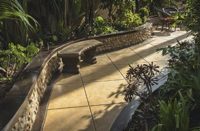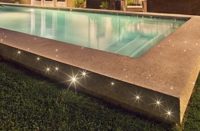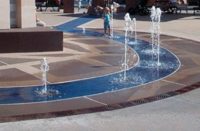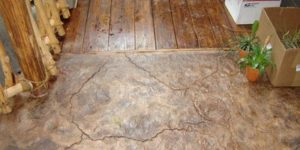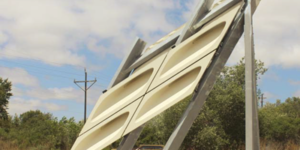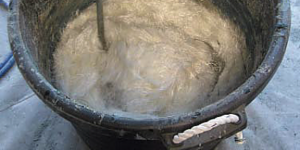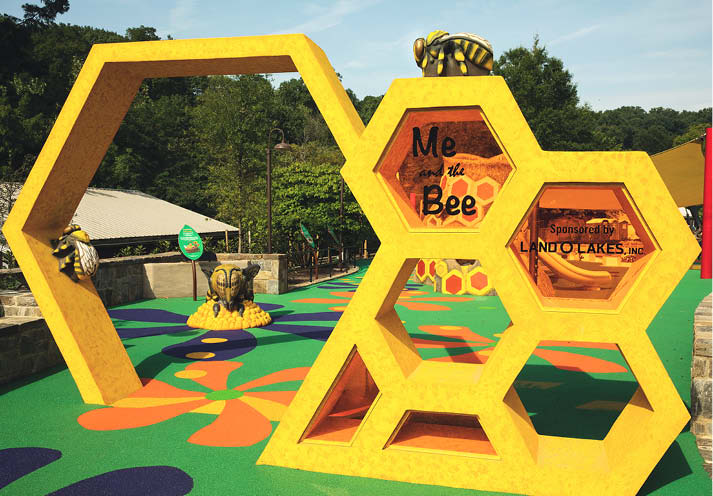
Doing museum-quality work doesn’t always entail fashioning blank backdrops to show items of interest at their best. Sometimes, as is the case of a pollinator-themed playground at the Smithsonian’s National Zoo in Washington, D.C., it involves colorful GFRC Honeybee. Honeybee carvings that are larger than life.
Created by a team from GameTime of more than 20 in-house designers, welders, concrete carvers and painters. Many specialize in making engaging play experiences for children. “Me and the Bee” encompasses 4,900 square feet designed to spark curiosity and urge the use of imagination.
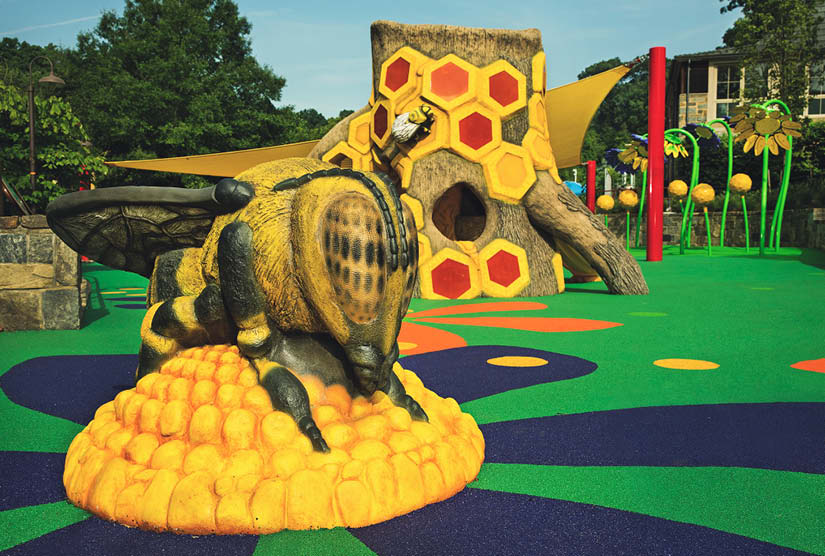 Children learn about bees as they buzz around the interactive space complete with lofty flowers, hollow trees, pollen particles and dripping honey. Hands down, though, the biggest draws are the GFRC replicas of a European honeybee and a blue orchard mason bee.
Children learn about bees as they buzz around the interactive space complete with lofty flowers, hollow trees, pollen particles and dripping honey. Hands down, though, the biggest draws are the GFRC replicas of a European honeybee and a blue orchard mason bee.
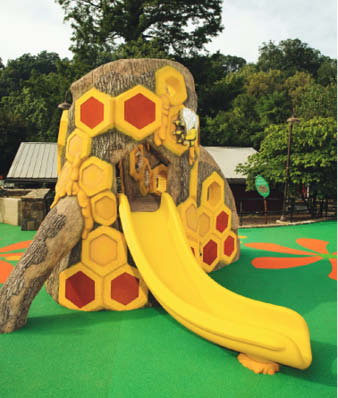 Carved by Carrla Leszcynski, GFRC concrete lead for GameTime, the bees remarkably resemble the real deal, down to the hairs on their legs, which, she adds, were carved with a detail trowel while still wet. “I wasn’t waiting around for the concrete to dry,” she says with a laugh.
Carved by Carrla Leszcynski, GFRC concrete lead for GameTime, the bees remarkably resemble the real deal, down to the hairs on their legs, which, she adds, were carved with a detail trowel while still wet. “I wasn’t waiting around for the concrete to dry,” she says with a laugh.
“I tried to stay as close to the concept art as I could,” she continues. Then to figure out the best methods to convey the many textures of the bees’ body parts. “I mean, there’s not a book you can go to that tells you how to make a honeybee wing. Especially out of concrete.”
Leszcynski credits her boss, Kent Walker, who’s been involved with the play environment for the past 40 years and is very knowledgeable about the ways of GFRC, with helping her get the textures just right. In addition to fine-tuning techniques, he’s also finessing a special finish coat that has no fibers.
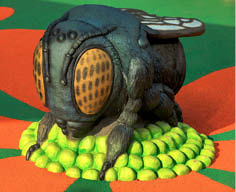 “We use GFRC as the base and get a really good scratch coat that’s thick and structural (before applying the topcoat). The finish is all about texture. I did a lot of blocking in that layer to create the depth.”
“We use GFRC as the base and get a really good scratch coat that’s thick and structural (before applying the topcoat). The finish is all about texture. I did a lot of blocking in that layer to create the depth.”
The zoo project ranks as the best work experience she’s having anywhere, Leszcynski says. “I just love the fact that my art is displaying in a museum.”
www.gametime.com
